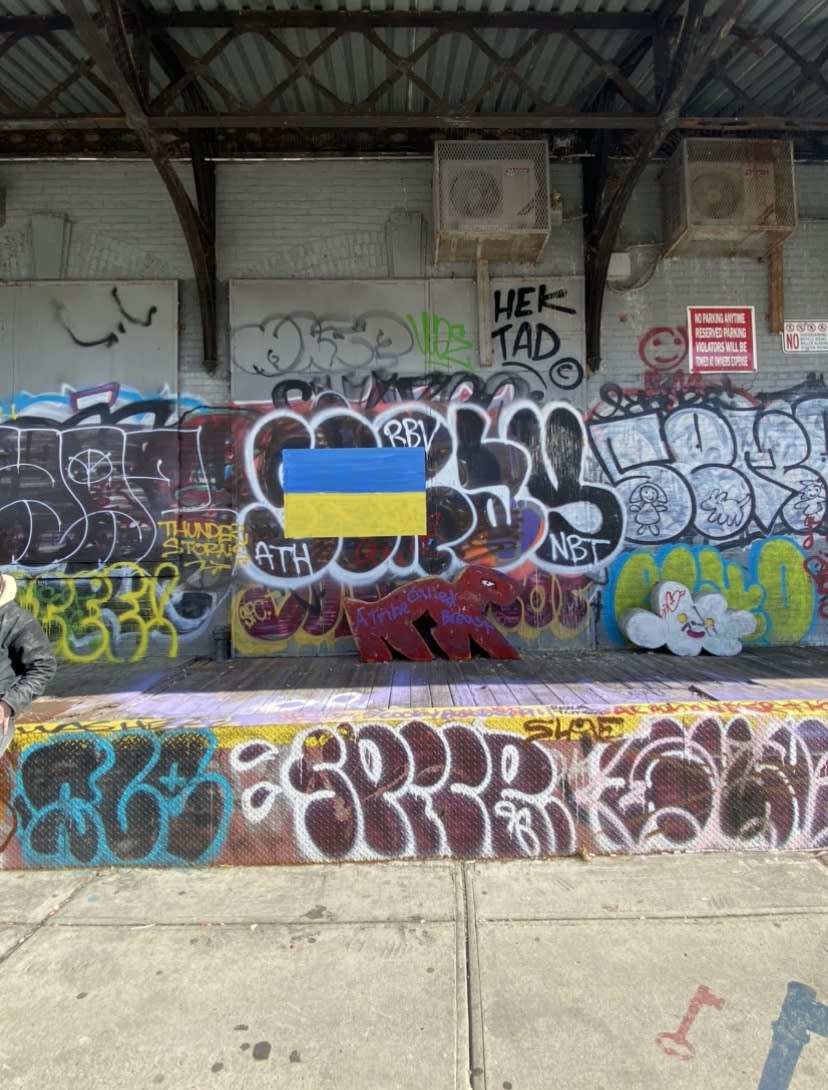SCOTT ZIEHER: OBJETS D’ARP
Marvin Gardens is pleased to announce a solo exhibition of new collages by artist and poet Scott Zieher. Concurrent with this exhibition, Zieher has released his newest publication: Brownsville Quarterly, copies of which will be available for viewers throughout the duration of the show.
As the title suggests, this body of work plunges us straight into the world of Arp’s biomorphic abstraction, but through the careful hands and eyes of Zieher. Years of study of Arp’s output and combined biographical notes produce a sensitive and confident response in these creative continuations. These collages add, subtract, even bastardize aspects of the “original” subject matter. Zieher also moves to couch the imagery within colored borders at times, and cuts small pedestals for a new sculptural variety within these borders. The paper, all original material sourced from catalogues, goes beyond Arp. At times new negative spaces are made and filled with equally new positives.
Being so consciously aware of a source and developing methods of mediation through that same source over years is a feat of substantial generosity and considered sensitivity. This commitment speaks toward a note of sustainability as having an inward peace with the environment rather than a need to conquer parts unknown, although the result still yields new paths.
Ultimately, no one but the artist sums up the relationship to Arp more completely than is done in his own words, so we share with you this letter from Scott Zieher:
June 8, 2019
For the first 3 1/2 decades of my life I spent my creative energies preoccupied with ancestor worship, revolving around my mother, who died of A.L.S. in 1999, and my father, who passed away two months before I was born. I’d formulate elaborate, mystical boundaries in which his body transubstantiated into mine between the months of August and October, 1965, with her as guardian up there in the ether. I was born a few months before Arp died. His mother died the year my mother was born. I found a way to reverse this process of worship, nearly 50 years later, and now the worship works forward, rather than back.
On June 26, 2007 I found the gorgeous 1957 monograph on Arp by Carola Giedion-Welcker in a dumpster filled with an antiquarian book dealer’s inventory on 25th Street in Chelsea. I’d known Arp’s work and poetry, having had a long fascination with Dada, but the atmospheric photographs of Arp’s sculpture, taken by Japanese photographer Soichi Sunami, the delicious design of the book itself, and the breadth of Arp’s output put me on a straightforward plummet
into his life and career.
He was poet first and said as much. In an oft-quoted interview, Arp stated if forced to choose between art or poetry, he chose writing. He was at the table for the birth of Dada, remained involved through Surrealism’s heyday, published constantly, collaborated with his equally fascinating (and tragic) wife, Sophie Taeuber, and essentially invented biomorphic abstraction, never wavering from his ambitious vision, through two wars and much hardship all the while making sculpture, prints, drawings and collages of the highest order. In my estimation he is nothing short of a greatly under-sung Modernist juggernaut. I am biased.
Arp’s imagery is generous: easy to steal and impossible not to borrow. MOMA’s Alfred Barr had a file in his desk called ARP SHAPES, which he’d collected from contemporary advertising: Arp’s biomorphic abstraction found its way into all aspects of mid-century life. In 2015 I began in earnest to utilize his shapes in new ways. I’d read the books and cherished them, then cut them apart for collages, which came almost instantly. Up-cycled Plexiglas cut with a laser provided stencils and shapes in relief. I began to make wall mounted sculpture from the shapes, used the stencils on light sensitive paper and filmed the paper changing, it seemed the limits to Arp’s inspiration for my practice were nonexistent. I started to feel a spiritual kinship the more I learned. Everything I read provided confirmation that he would approve of my appropriations. If nothing else, this body of work is Arp’s music, I’ve just rearranged it.
The dual nature of his career and its zenith during the beautiful, mid-century modern period of book design provided a veritable onslaught of visual material for collages, once I got up the gumption to start cutting through the multiple copies I’d found of a dozen different books. His lines, his eye for formal, graceful fluid dimensions, his consistent, Interchangeable use of a vocabulary of shapes made him a great resource for my own, additive, cumulative practice of making collages. And the scissors and blades then started to unlock further resources: the remaining hollow cuts from pages of books revealed themselves as a resource unto themselves, it was as if the pages, the images, the lines and forms were all in concert, falling into place almost naturally, or, as Arp himself would have it, randomly. Even his signature became a substrate for one collage. A 1960’s reprint of Arp’s handprint was inspiring. I placed my own hand over it and discovered our hands were nearly an exact match. Hero worship and ancestor worship, one and
the same.
-Scott Zieher

